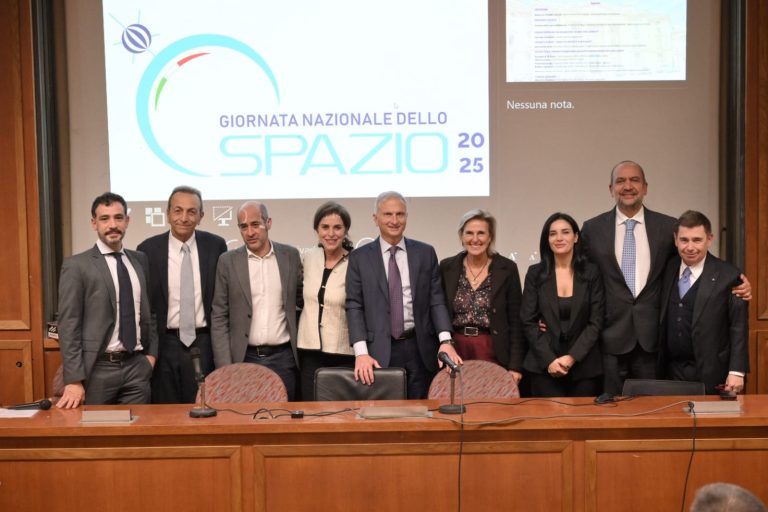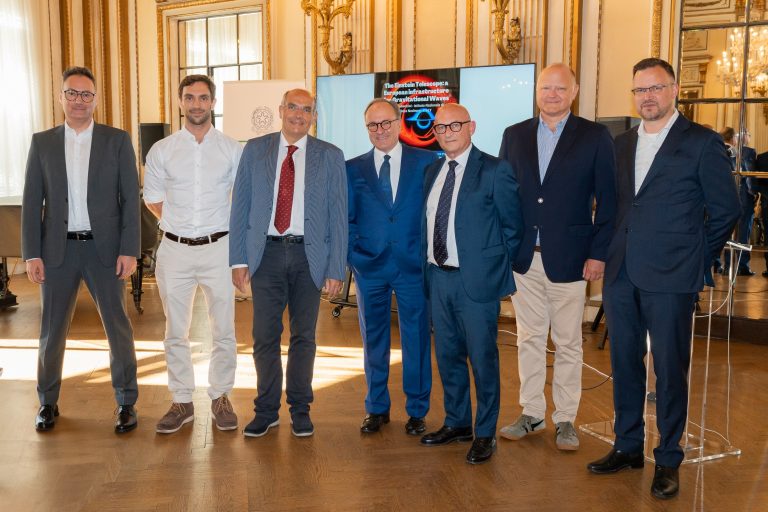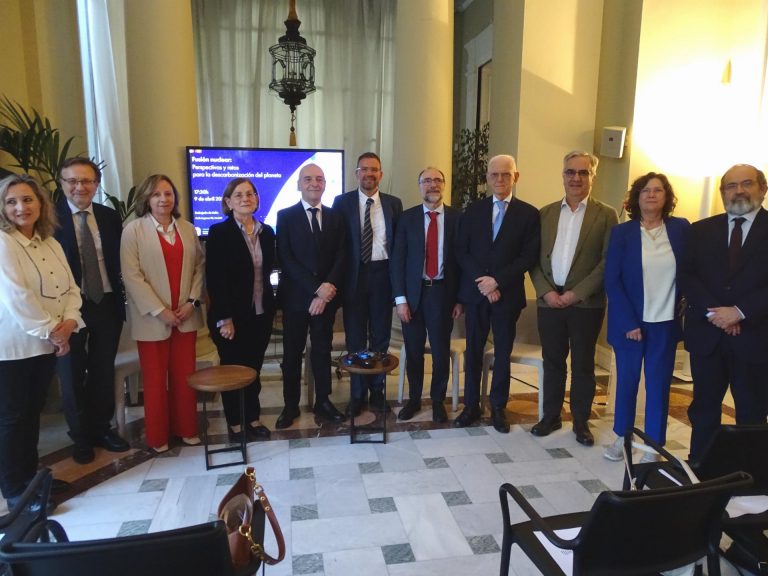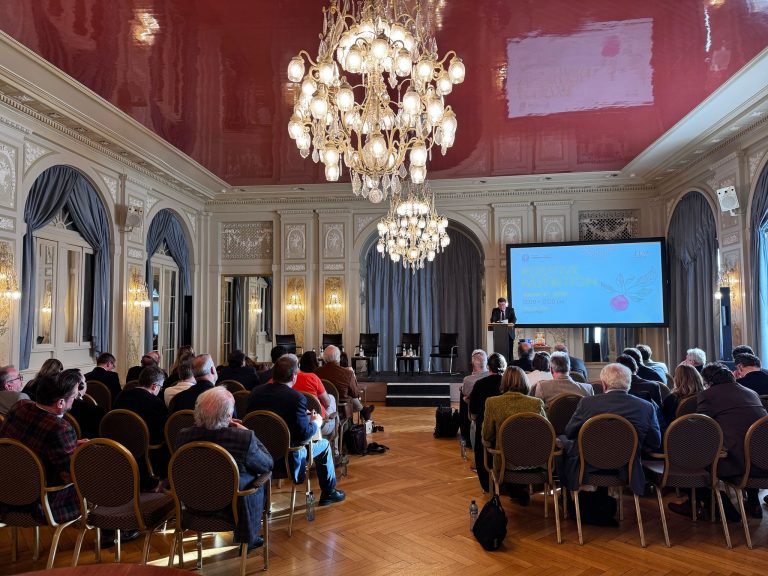A consortium formed by three Italian companies (Astaldi, Cimolai and EIE Group) was the winning bidder of the international tender to build the dome and the main structure for the (ESO) European Southern Observatory’s giant optical telescope E-ELT (European Extremely Large Telescope).
In an extraordinary meeting held in Garching, Germany (Munich) on February 3, ESO’s Finance Committee authorised the organisation to enter final negotiations for the construction of the dome and structure of the E-ELT with the Italian consortium (ACe) in order to sign the contract by May 2016. The contract is the largest for the E-ELT and the biggest ever for a ground-based telescope.
The ESO is an organisation comprising 14 member countries (Austria, Belgium, Denmark, Finland, France, Germany, the United Kingdom, Italy, the Netherlands, Portugal, the Czech Republic, Spain, Sweden and Switzerland). Italy’s annual membership contribution is paid by the Ministry of Foreign Affairs and International Cooperation. Italy will participate in the E-ELT project with a contribution allotted by the Foreign Ministry and by the Ministry of Education, University and Research (MIUR), through the National Institute for Astrophysics (INAF).
“The contract awarded to our companies is further proof of the competitiveness and capabilities of our scientific and productive organisations and our institutions when they act together, as a single system,” said Vincenzo De Luca, Director General for Cultural and Economic Promotion and Innovation.
The E-ELT will be built in Chile, on Cerro Armazones, in the central part of the Atacama Desert at an altitude of 3,000 metres above sea level. It will be the most important project ever launched by ESO. The large telescope will have a giant 978 square metre mirror. Its designers say its focus will be 100,000,000 times that of the human eye and it can collect more light than all the major telescopes of the planet put together since their primary mirrors range from 8 to10 metres in diameter against the new E-ELT’s 39.3 metres.
The E-ELT will be used to observe the universe at a level of detail even higher than that of the Hubble Space Telescope. The giant telescope is expected to help make new discoveries regarding exoplanets and advance our understanding of supermassive black holes and dark matter which seems to dominate the universe although no evidence has yet been detected.









